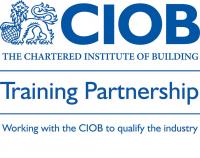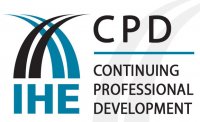Overview:
The course will provide delegates with an understanding of the designer's responsibilities in relation to the revised CDM Regulations and with particular emphasis on the duty to eliminate risk.
Aims & Objectives:
On completion of this course delegates will be able to:
- Define the duties of:
- The Client
- The Principal Designer
- Designers
- The Principal Contractor
- Contractors (including the self employed)
- Understand the employees' responsibilities
- Understand the nature of construction hazards
- Describe a variety of methods for determining project hazards
- Identify the relevant competencies required by duty holders
- Assess the competence of relevant duty holders
- Identify the communication requirements for project specific information
Delegates will be able to:
- Appreciate their duties under the CDM Regulations and the way in which all parties to a construction project are involved
- Understand the implications of the Guidance Notes
- Understand that CDM complements existing health and safety law
- Recognise the implications that CDM will have on your design processes
- Comprehend the discharge of designers' duties
- Focus on design risk assessment strategy
- Develop appropriate design management systems
- Consider design inter-action with other duty holders
- Appraise the provision of suitable and sufficient information
Course Outline:
The course will provide delegates with an increased understanding of the requirements of the following three areas:
- Overview of the following legislation with regard to design:
- Health and Safety at work etc. Act 1974
- Management of Health and Safety Regulations 1999
- Workplace (Health, Safety and welfare) Regulations 1992
- The CDM Regulations 2015 with particular emphasis on designer responsibilities in respect of:
- Client advice
- Competency and Resource
- Elimination of risk in design
- Provision of information to others
- Communicating and Co-operation with other parties
- The identification of hazard and risk associated with a project - hazard register:
- Selection of appropriate process
- Avoidance or minimising risk
- Communicating information
The course uses Power Point presentation techniques with reliance on case studies and live project type assignments to invite an inter-active participative day between presenter and audience. Case studies can be selected to reflect organisational preference.
Presentation techniques may include:
- Interactive Exercises
- Individual or Group Exercises
- Discussion
- Visual Aids e.g. short DVD/video, etc
- Open Workshop
A better understanding of their duties in relation to the CDM Regulations and the risk identification process
Intended For:
Architects; Structural Designers; Civil Engineers; Landscape Designers; M&E Designers; Specialist Designers; Construction Professionals; Contract Administrators; Project Sponsors and Stakeholders.
It is beneficial for delegates to:
- Review their experience of the Hazard identification processes








